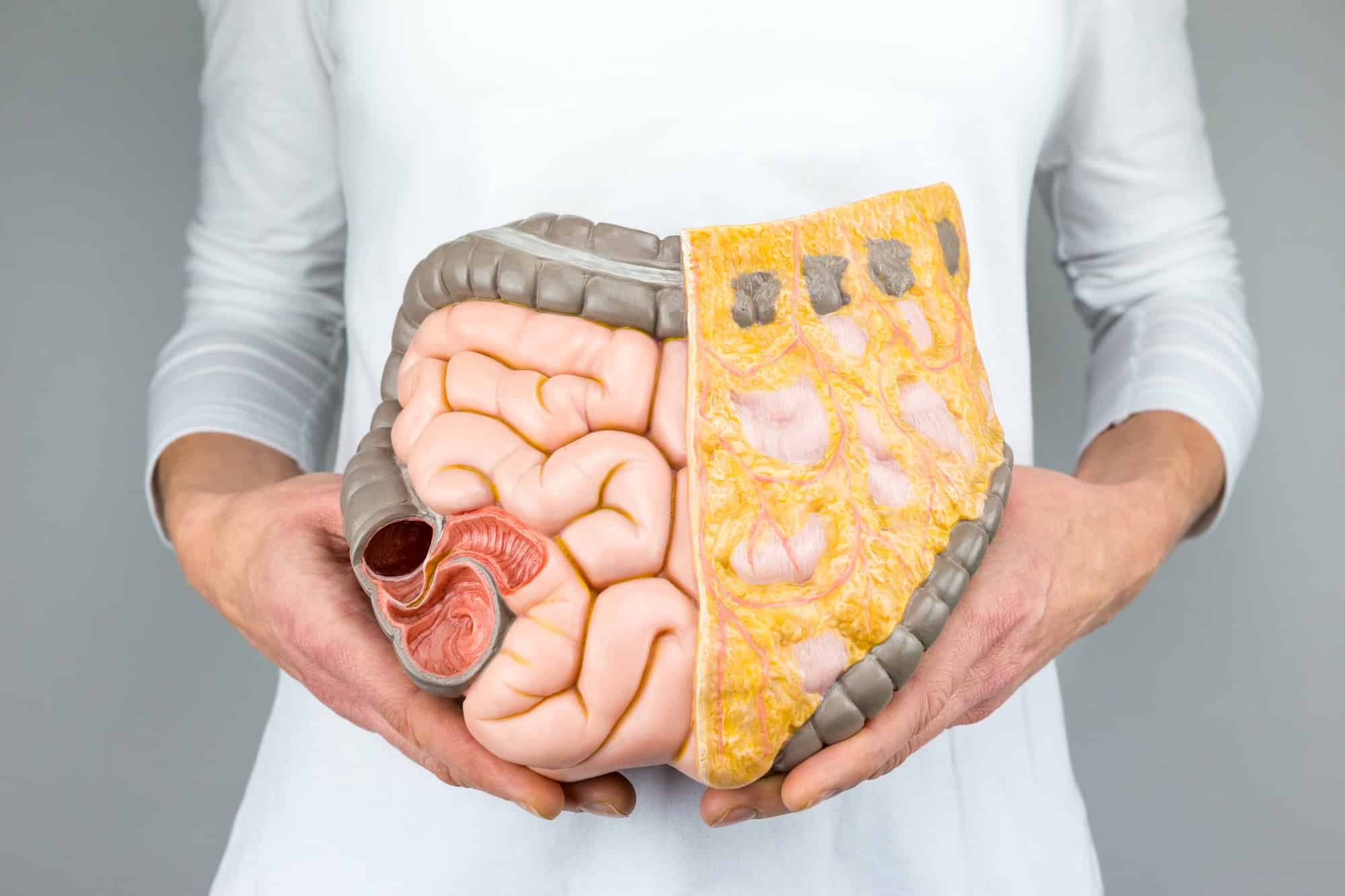Gardening is the Original Organic Stress Reliever: Get Started in 6 Steps
When you were a child, did your parents have a large vegetable garden? Or maybe you helped in the garden at your Grandparents house? Growing your own food is empowering and beneficial, providing physical activity and a valuable mental health break.
People who garden, either floral’s around their home, or plants inside the house, all the way across the spectrum to individuals who study permaculture and follow the ‘grow food not lawns’ organic movement are pretty happy and healthy people.
Picking the Right Place for Your Vegetable Garden
The really great about gardening is that whether you have an expansive back yard and open space, or a large balcony, there are so many ways to successfully grow healthy vegetables and herbs. Either planted in the ground, in raised garden beds or containers.
Some of the most prolific vegetable gardeners we have met, will use just about anything as a container to grow an edible garden. So, if you are pricing out the cost of fancy looking containers at your local big box store, remember that plants are not really that picky.
They cannot tell the difference between a terracotta container, or a 5-gallon pail. But if you are re-purposing plastic containers, make sure they are ‘food grade’ plastics, which will not leech harmful chemicals into the soil and your vegetables or herbs.
Whether you are using containers or planting in the ground, you need to pick a spot in your backyard that provides:
- Some wind protection for your vegetables and herbs.
- A close proximity to a hose for watering. You may have to run an extension hose and sprinkler.
- At least 6 hours of direct sunlight per day (the average for most food bearing plants, bushes and vines).
- Some protection from family pets. Trust us, you do not want your dog rolling in your vegetables, digging them up or fouling them on a bathroom break.
After you have picked the right spot for your vegetable garden, you should mark off the area if you plan to rototill the spot. A rototiller is a landscape tool that acts like a miniature plow. It penetrates into the ground and breaks up the soil. Before you start, try to remove the layer of sod from the surface level of your garden area; that will help prevent grass from growing between your plants.
What Do You Need to Get Started?
If you are starting a new vegetable and herb garden, you will have to prepare the soil and add some fertilizer to help your plants grow. If there has never been a vegetable garden in the spot you are choosing, the first year of production may be a little slower than subsequent years. It takes some time to cure the soil and add both fertilizer and natural nutrients.
There are bags of potting soil for vegetables that you can get, which are supposed to be the ‘top of the line fertilizer’ for edible gardens. But if you ask any seasoned gardener, those expensive and fancy packaged bags are no better and no worse than good old fashion manure and topsoil.
Topsoil is very affordable at any large retail garden center. If you are planting a small garden, for example 12’ x 12’, plan for about 6-8 bags of topsoil (more is better!) and about 3-4 bags of natural manure. Do not worry, it is cured and not as odorous as it was on the farm, and while there is a little organic smell, that typically disappears in about one week.
Use your rototiller to mix in the topsoil and fertilizer thoroughly. You want to make sure the nutrients are evenly dispersed and combined with the natural soil. Next, you want to water the empty garden plot, and let it rest about 3-4 days, then either till it up again with your rototiller, or you can also use a garden hoe to gently aerate the soil and prepare your rows for planting.
Choosing a Combination of Plants and Seeds
Buying large and almost mature plants does not guarantee that you will get more produce from each plant. And mature plants can be pretty expensive, so what expert gardeners do is propagate their own seeds in the garage about 6-weeks before the last frost. Then they have hardy plants ready to go.
If it is your first time planting an edible garden, you will probably want to have a combination of seeds in rows and small plants. Anything above 5” in the garden center should do very well if it is planted in a full-sun location and watered regularly. And the small (but healthy) plants are more economical to buy as well.
Planting seeds is fun! And if you have children that you are involving in your edible garden (as a family hobby), they will get extremely excited to see the seeds germinate, break the surface and grow. Carrots are an ideal vegetable for sowing seed in a row. Green and yellow beans require some support, so you can plant them along a sunny fence or build a small trellis for each plant. The higher it climbs, the more beans it will produce for your family.
Pay attention to the instructions provided on each information label or seed packet. Different plants do like to be partnered with other natural plants (and some are enemies). Some varieties like a lot of water, where other types may require less watering. Group them together to create a harmonious and high-production garden.
Family Friendly Fun: Find giant pumpkin or mammoth sunflower seeds. Kids can have a competition to see who can grow the biggest gourd before Halloween! And the giant sunflowers will produce a large volume of seeds that can be dried and eaten as a snack or left on the stalk to draw in wild birds to your yard. Birds are also great for natural mosquito and insect control.
How is Gardening Good for Your Health?
Science has studied what happens to our bodies and our brains when we get our hands dirty in the soil and grow plants. When you learn how good gardening actually is for your physical and mental health, you may want a bigger garden. In many ways it is better than the gym.
1. It Clinically Shown to Reduce Symptoms of Depression and Improve Mood
This part might seem a little gross but bear with us. Inside common soil, there is a type of bacterial called mycobacterium vaccae. This bacterium has been found to reduce stress, boost brain functioning and in some clinical studies, it is being evaluated as a natural treatment for Post-Traumatic Stress Disorder.
When you get your hands into the soil, or soil on your skin, trace amounts of the bacteria is absorbed. And while we do not want to think about it, when we eat vegetables skin-on, it is also healthier for us because we are consuming small particles of soil, which gives us a natural mental health boost.
2. It is Good for Mental Acuity
Do you like puzzles? Experimenting with different problems until you figure out a solution? One of the surprising benefits of hobby gardening is that you give your brain, memory, and spatial reasoning skills a constant workout.
In a garden you are always researching, trying new things, and paying attention to the small details like the amount of water, special nutrients needed in the soil, and which plants are complimentary to each other. You are also constantly out thinking pests who find your garden just as delicious as you do.
Think of gardening as the ultimate outdoor chess game. You are constantly learning, trying new things, and sharing your results with others (and asking for advice). It keeps your brain busy and gives you a great social outlet too (with other people who have a green thumb!).
3. Gardening Counts As Gym!
Trust us. After planting all your young plants and seeds, cultivating your rows and spending time removing weeds and tending to your vegetable garden, you are going to feel it. It counts as going to the gym every time you garden, because the activities cause you to bend and develop core muscles, upper body strength and even helps sustain bone density.
You are lifting, moving, digging, bending (sometimes kneeling), dragging the water hose … it is a workout. And if you love it, it’s one of those sneaky kinds of activities that improves your fitness but doesn’t actually feel like work, because it is so much fun. We have also compiled a list of things you can do to overcome cabin fever.
We would like to share a delightful gardening channel that we follow for great expert tips on YouTube. Check out “The Gardening Channel With James Prigioni”.




















